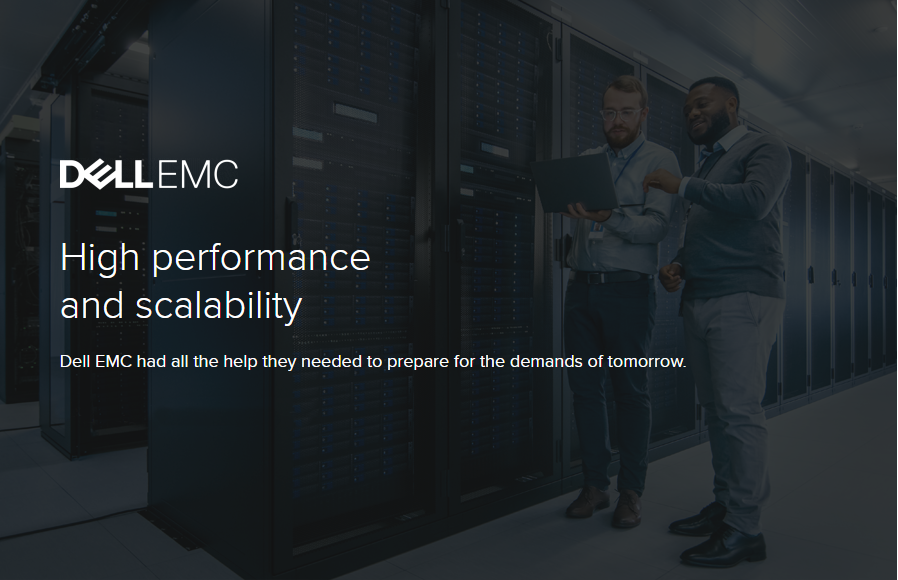
Customer expectations are rising for digital channels for metrics such as site speed and stability. And to meet these customer expectations, businesses must ensure that their digital experiences are truly ‘zero friction’. Therefore, organizations that have high levels of website activity or mission-critical web and mobile applications that are used by large numbers of customers or employees – should use load balancers.
Such organizations need more than one server to manage the high volume of concurrent requests, and using a load balancer helps them share the traffic load across different physical or virtual servers. While layer 4 load balancers act upon data found in network and transport layer protocols (IP, TCP, FTP, UDP), layer 7 distributes requests based upon data found in application layer protocols such as HTTP.
ecoprintQ is excited to partner with loadbalancer.org and here’s why:

Zero downtime
Your applications should run without a hitch, whatever they’re handling – so your business is never interrupted.

Security
Protecting against disruption and providing complete peace of mind, so you can focus on building your business.

Performance
Fully scalable solutions to carry you into the future, matching demands of a changing world.
Unbreakable Solutions - Unbeatable Partnerships

Solutions
Clever doesn’t mean complex. We use all our expertise to deliver an elegantly simple solution to keep your business moving.

Services
We make it our business to understand every aspect of your organization – challenging you to achieve through new thinking.

Products
Hardware, virtual or cloud, loadbalancer develops the best load balancing technology on the market, with licensing uniquely designed for your freedom.
Loadbalancer is used by some of the world’s top companies to ensure security, focus on zero down time, and better performance and scalability.



- Hardware devices (like the one pictured above) that physically live in organizations’ IT departments or data centers.
- Software solutions that can be installed on physical or virtual machines in data centers, on-premises, or in the cloud.
Organizations looking for simple load balancing capabilities should go for standard hardware or software-based load balancers as these are cost-effective and easy to install and manage. Some vendors combine load balancing functionality with additional capabilities, such as security features. For example, Loadbalancer.org appliances come complete with a web application firewall (WAF) as a standard feature.
Load balancers are most commonly deployed in active-passive pairs to ensure zero downtime in business-critical applications. All traffic can then be redirected to the redundant device, both to provide business continuity in the event of a failure and to remove the need for scheduled downtime for maintenance.
- High availability: ensuring applications are always accessible
- Scalability: making it easy to change server infrastructure without disrupting the user experience
- Security: adding additional layers of security to your IT applications
- Zero downtime: instantly and automatically rerouting traffic to an alternate server in the cluster, eliminating interruption in application availability
- Redundancy: if something goes wrong with one server, the backup servers take over and restart applications that were running on the failed server
- IT flexibility: allowing technicians to disconnect, patch, upgrade and reconnect servers without any disruption for users
- Efficiency: providing consistent and fast app performance for thousands of concurrent users.

Loadbalancer.org WhitePaper
An Introduction to Loadbalancing
- How do load balancers work?
- What do load balancers do?
- What are the benefits of load balancing?
- What is the difference between load balancing and link balancing?

WOULD YOU LIKE TO LEARN MORE?
If you’re ready to learn more about the powerful features that Loadbalancer.org offers and how they can help avoid downtime, enhance security, and improve performance; get in touch with ecorpintQ at sales@ecoprintq.com or 1-800-236-8499.
We will connect you to the best Loadbalancer.org product and/or service for your print environment.
CONTACT US
Our team is eager to hear from you!
